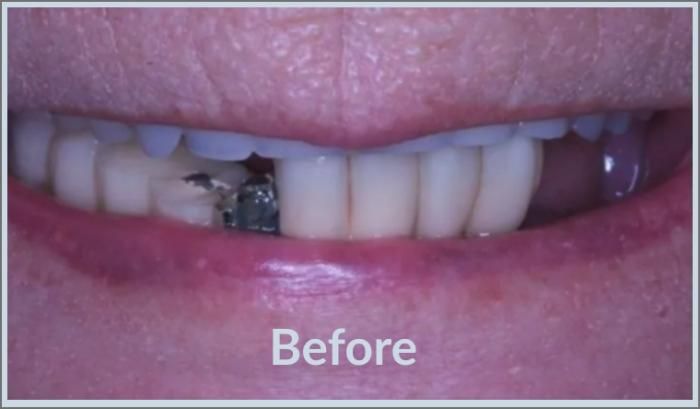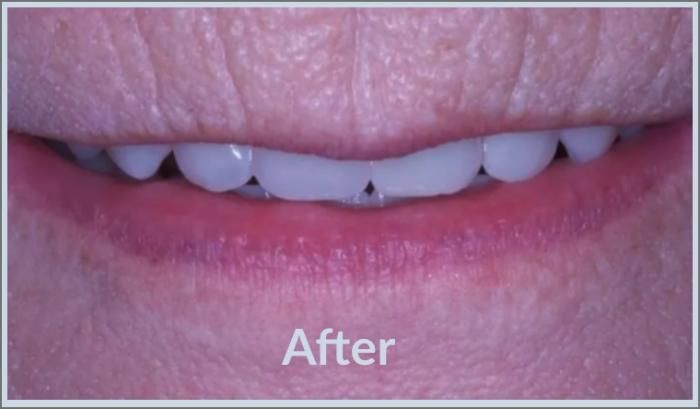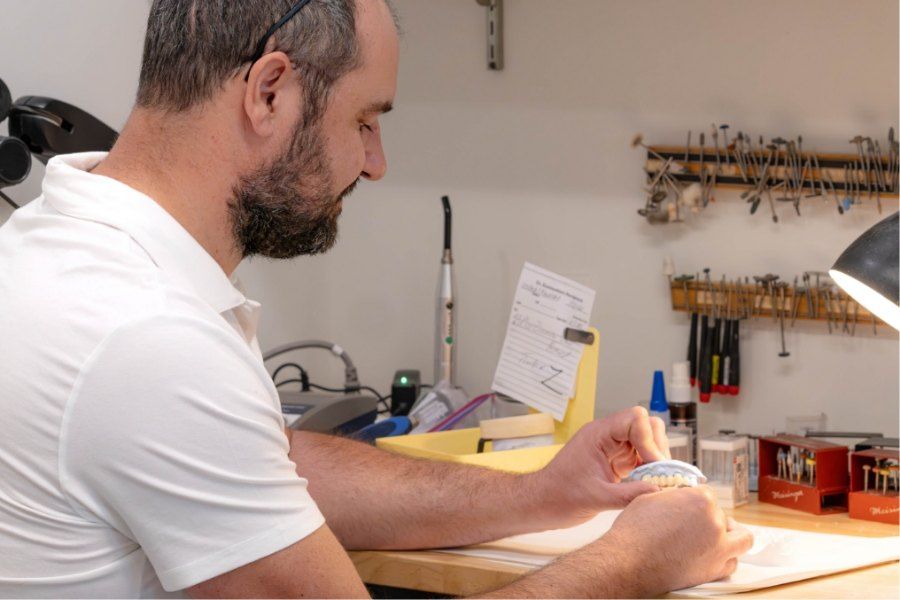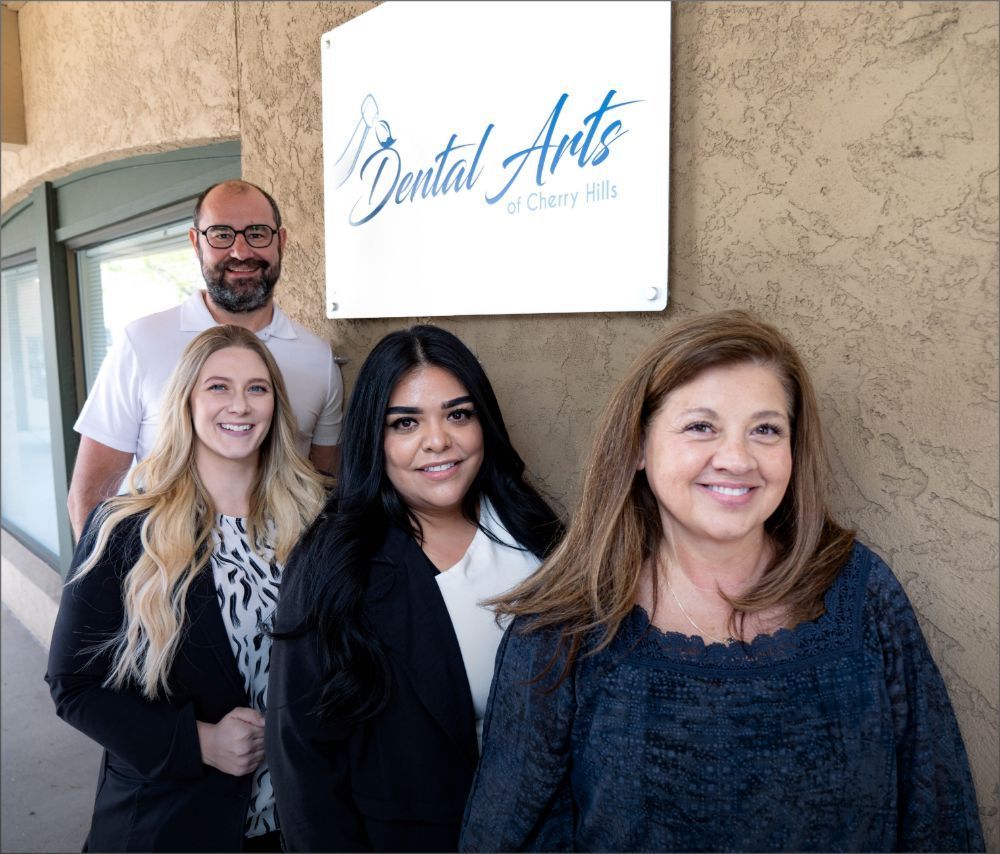Your Smile Artist
Meet Dr. Konstantinos Harogiannis, DDS
Dr. Kostas is passionate about helping you achieve the smile of your dreams. He takes pride in combining advanced dental techniques with a warm, personal approach.
The Dental Arts of Cherry Hills Difference
Premium Craftsmanship
Custom restorations are hand-crafted with meticulous attention to detail.
On- Site Lab
Skillfully crafted restorations, personalized to your needs, in our on-site dental lab.
Specialized Prosthodontic Expertise
From full-mouth restorations to oral cancer rehabilitation.
Advanced Technology
3D cone-beam imaging combined with hand-made restorations for precise treatments.
Compassionate, Individualized Care
Experience care that truly understands your needs.
Trusted Pillar of the Community
Serving the Englewood community since the 1980s.
Before & After


We Offer IV Sedation for an Anxiety-free Solution
Whether you have dental anxiety or require extensive treatment, we're here to make your experience stress-free.


We Offer IV Sedation for an Anxiety-free Solution
Whether you have dental anxiety or require extensive treatment, we're here to make your experience stress-free.
Uncompromising Quality with Our On-Site Dental Lab
Experience the difference of truly custom-crafted restorations. Our on-site lab allows Dr. Kostas to meticulously control every detail, from design to fabrication, ensuring superior quality, precision, and faster results.

Dr. Kostas works closely with your dentist to ensure that you get the best results.

Contact Us
Frequently Asked Questions
What is prosthodontics?
Prosthodontics is the dental specialty focused on the expert restoration and replacement of missing or damaged teeth. As a prosthodontist, Dr. Kostas has completed years of advanced training beyond dental school, specializing in complex cases involving dental implants, crowns, bridges, veneers, dentures, and full-mouth reconstructions. His expertise ensures solutions that restore not only a beautiful appearance but also optimal function and long-term oral health.
What is the difference between a dentist and a prosthodontist?
While your general dentist provides excellent primary dental care, like checkups, cleanings, and basic fillings, a prosthodontist like Dr. Kostas is a specialist with extensive additional training. Prosthodontists focus specifically on diagnosing and treating complex dental issues related to missing or deficient teeth. They are the recognized experts in cosmetic restoration and tooth replacement using prosthetics like implants, crowns, bridges, veneers, and dentures, often handling more challenging cases or full smile rehabilitations.
Do you offer cosmetic dentistry services?
Yes, absolutely. Achieving beautiful aesthetic results is a core part of prosthodontics. Dr. Kostas combines artistry with advanced techniques to enhance your smile through services including porcelain veneers, professional teeth whitening, cosmetic bonding, gum contouring, and complete smile makeovers. Schedule a consultation to discuss how we can help you achieve your specific aesthetic goals.
What is a dental implant?
A dental implant is a replacement for your natural tooth root. It's typically a small, biocompatible titanium post that is gently placed into the jawbone where a tooth is missing. This post integrates with the bone, creating a strong, stable foundation. An implant isn't visible in the mouth; its crucial role is to securely support a replacement tooth (like a crown), a bridge, or even a full denture, while also helping to preserve jawbone health.
When would I need dental implants?
Our on-site lab ensures greater precision, faster turnaround times, and enhanced quality control for all your restorative dental needs. Our lab offers a more convenient and personalized experience. Dr. Kostas is directly involved in crafting your restorations, ensuring they meet his exacting standards.
I'm nervous about dental care. Can you help?
We completely understand that dental visits can cause anxiety for many people, and your comfort is a top priority for us. We offer IV sedation, administered safely in our office, to help you feel deeply relaxed and comfortable throughout your dental procedure. Please don't let fear keep you from achieving the healthy, beautiful smile you deserve. Talk to us about your concerns – we're here to help you have a positive experience.
Do you accept referrals for prosthodontic care?
Yes! Dr. Kostas specializes in complex restorative, aesthetic, and implant dentistry and frequently partners with referring general dentists to provide specialized care for their patients. We welcome referrals and ensure excellent communication and seamless coordination with your primary provider for optimal patient outcomes.
Can I get a crown in one visit?
Yes, in many cases! Thanks to our advanced in-house dental lab and technology, Dr. Kostas can often design, custom-mill, and permanently place your high-quality, beautiful ceramic crown all within a single appointment. This saves you valuable time and eliminates the need for wearing a temporary crown.
How does your on-site lab benefit me as a patient?
Our on-site lab ensures greater precision, faster turnaround times, and enhanced quality control for all your restorative dental needs. Our lab offers a more convenient and personalized experience. Dr. Kostas is directly involved in crafting your restorations, ensuring they meet his exacting standards.
Come See Us
Dental Arts of Cherry Hills
3575 S Sherman St Suite #3
Englewood, CO 80113






